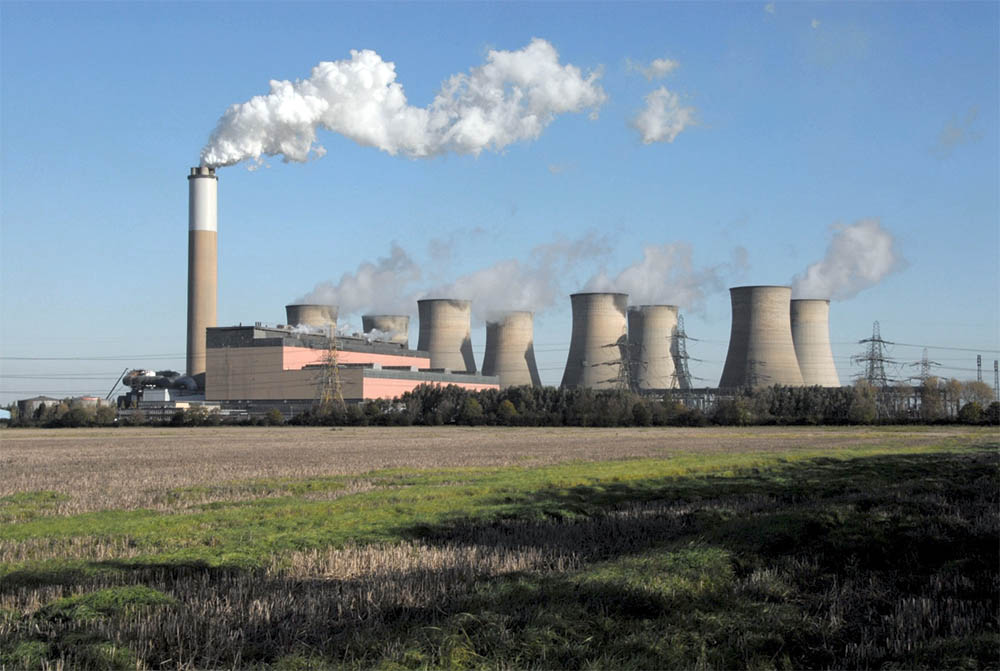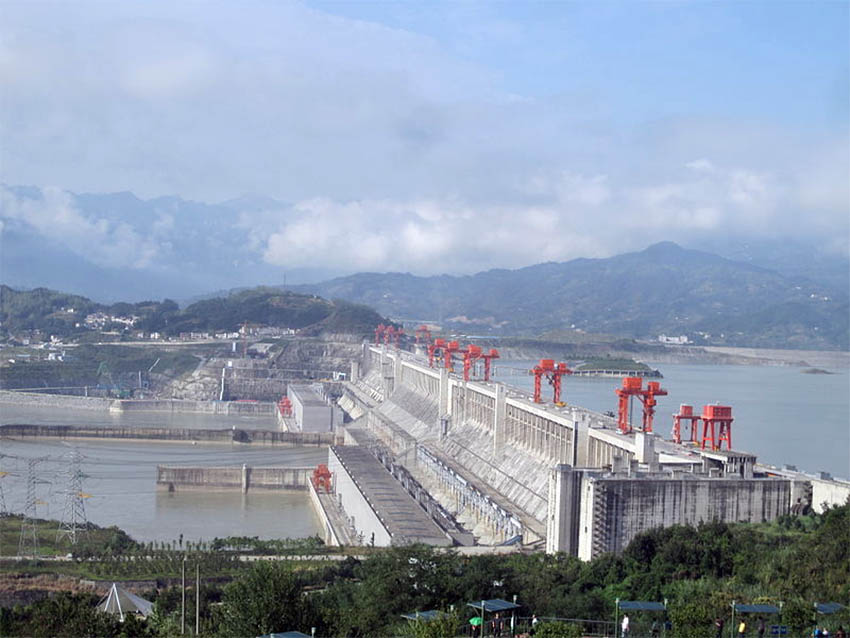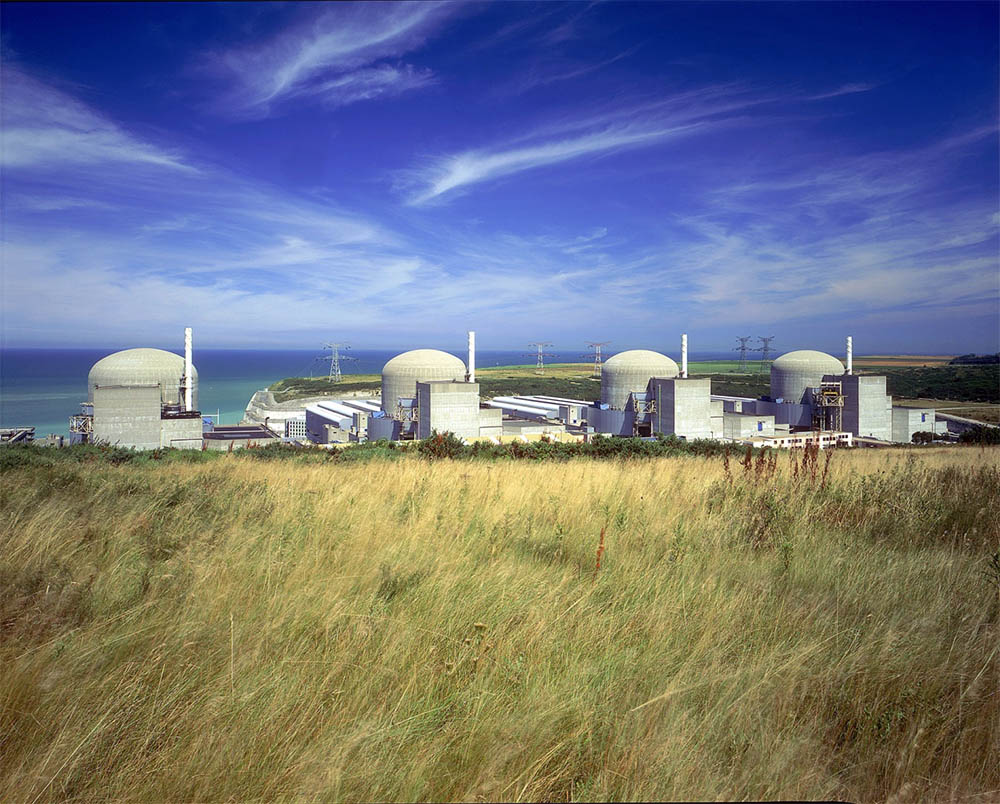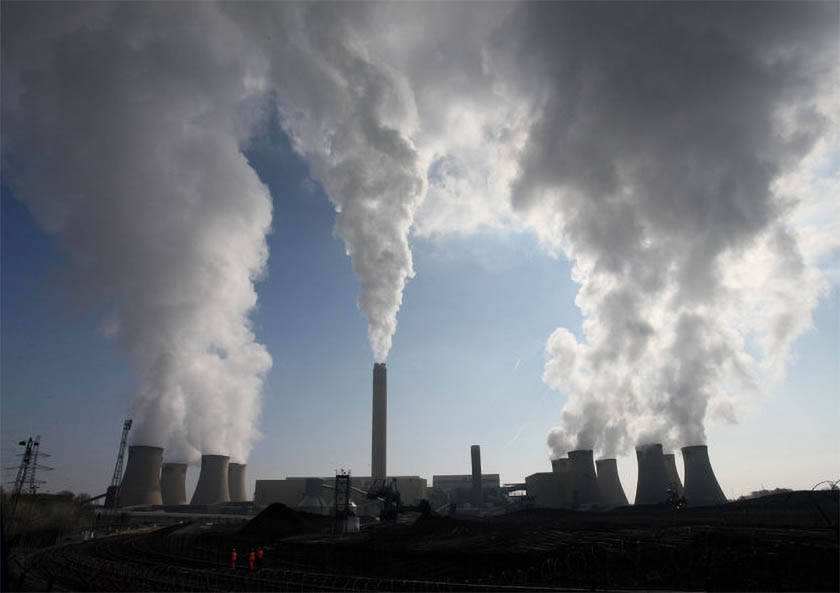Where does our electricity come from?
Electricity is essential for modern life, yet almost one billion people live without access to it. Challenges such as climate change, pollution and environmental destruction require that we change the way we generate electricity.
Over the past century, the main energy sources used for generating electricity have been fossil fuels, hydroelectricity and, since the 1950s, nuclear energy. Despite the strong growth of renewables over the last few decades, fossil-based fuels remain dominant worldwide. Their use for electricity generation continues to increase in both absolute and relative terms: in 2017, fossil fuels generated 64.5% of worldwide electricity, compared with 61.9% in 1990.
Access to reliable electricity is vital for human wellbeing. Currently one in seven people in the world has no access to electricity. As such, electricity demand will continue to rise. At the same time, greenhouse gas emissions must decrease drastically if we are to mitigate climate change, and we must switch to cleaner sources of energy to reduce air pollution. This will likely require large increases of all low-carbon energy sources, of which nuclear is an important part.
In order to achieve a sustainable world, all sectors of the economy will need to be decarbonized, including transport, heat and industry. Electricity provides the means to utilize low-carbon energy sources, and so widespread electrification is seen as a key tool for decarbonising sectors traditionally powered by fossil fuels. As the end uses for electricity grow, and as the benefits of electricity are extended to all people, demand will grow significantly.
Coal, gas and oil
Fossil fuel power plants burn coal or oil to create heat which is in turn used to generate steam to drive turbines which generate electricity. In gas plants hot gases drive a turbine to generate electricity, whereas a combined cycle gas turbine (CCGT) plant also uses a steam generator to increase the amount of electricity produced. In 2017, fossil fuels generated 64.5% of electricity worldwide.
These plants generate electricity reliably over long periods of time, and are generally cheap to build. However, burning carbon-based fuels produces large amounts of carbon dioxide, which drives climate change. These plants also produce other pollutants, such as oxides of sulphur and nitrogen, which cause acid rain.

The Cottam power station in the UK, which uses both coal and gas for electricity generation (Image: EDF Energy)
The burning of fossil fuels for energy causes considerable numbers of deaths due to air pollution. For instance, it is estimated that in China alone 670,000 people die prematurely - every year due to the use of coal.
Fossil fuel plants require very large quantities of coal, oil or gas. In many cases these fuels need to be transported over long distances, which can result in potential supply issues. The price of the fuels has historically been volatile, and can rise sharply at times of shortages or geopolitical instability, which can result in unstable generation costs and higher consumer prices.
Hydroelectric power
Most large hydroelectric power plants generate electricity by storing water in vast reservoirs behind dams. Water from the reservoirs flows through turbines to generate electricity. Hydroelectric dams can generate large amounts of low-carbon electricity, but the number of sites suitable for new, large-scale dams is limited. Hydroelectric power can also be produced by run-of-river plants but most of the rivers that are suitable for this have already been developed.

The Three Gorges Dam in China is the world’s largest hydroelectric dam and the world’s largest power station (Image: Le Grand Portage, CC BY-SA 2.0)
In 2017, hydropower accounted for 16% of worldwide electricity generation.
The flooding of reservoirs behind dams and slowing the flow of the river system below the dam can also have a serious impact on the environment and local populations. For instance, during the construction of the world’s largest hydroelectric dam – the Three Gorges Dam in China – some 1.3 million people were displaced.
In terms of the number of deaths from accidents, hydroelectric power is the most deadly energy source. The accident with the highest death toll was the collapse in 1975 of the Banqiao Dam in China’s Henan province, which resulted in 171,000 direct and indirect fatalities according to official estimates.
Nuclear power
Nuclear power reactors use the heat produced from splitting atoms to generate steam to drive a turbine. No greenhouse gases are produced in the fission process, and only very small amounts are produced across the whole nuclear life- cycle. Nuclear power is an environmentally-friendly form of electricity generation, and does not contribute to air pollution. In 2018, nuclear power generated 10.5% of the world’s electricity.

The Paluel Nuclear Power Plant in the north of France, one of the world’s largest nuclear power plants (Image: Areva)
Nuclear power plants, like fossil-fuelled power plants, are very reliable, and can run for many months without interruption, providing large amounts of clean electricity, regardless of the time of day, the weather or the season. Most nuclear power plants can operate for at least 60 years, and this contributes to making nuclear electricity the most affordable when comparing to other electricity generators.
Nuclear fuel can be used in a reactor for several years, thanks to the immense amount of energy contained in uranium. The power from one kilogram of uranium is about the same as 1 tonne of coal.
As a result, a correspondingly small amount of waste is generated. On average, a reactor supplying a person’s electricity needs for a year creates about 500 grams of waste – it would fit inside a soda can. Just 5 grams of this amount is used nuclear fuel – the equivalent of a sheet of paper. There are several management strategies available for the used fuel, such as direct disposal or recycling in reactors to generate more low-carbon electricity.
Wind and solar

Renewables, such as wind, solar and small-scale hydro, produce electricity with low amounts of greenhouse gas emissions across their entire life-cycle. In 2017, wind and solar generated 4.4% and 1.3%, respectively, of the world’s electricity. They do not produce electricity predictably or consistently due to their inherent reliance on the weather. Electricity generation from wind turbines varies with the wind speed, and if the wind is too weak or too strong no electricity is produced at all. The output of solar panels is reliant on the strength of the sunshine, which depends on a number of different factors, such as the time of day and the amount of cloud cover (as well as the amount of dust on the panels).
Another problem is that there might not be enough space or public willingness to accommodate the vast number of turbines or panels required to produce enough electricity. This is due to the fact that energy from the wind or the sun is diffuse, meaning that very significant amounts of land are required in order to generate a significant quantity of electricity.
Because electricity cannot be easily stored, renewables have to be backed up by other forms of electricity generation. The largest batteries cannot operate for days, let alone the weeks that would be required to back up renewables in order to ensure the supply of round-the-clock electricity. In order to ensure a steady supply of electricity, gas plants are increasingly providing backup services to renewables electricity. Natural gas plants emit large amounts of carbon dioxide during operation, and significant amounts of methane are often released during the extraction and transport of gas, both of which contribute to climate change.
Biomass
A biomass plant operates in a very similar way to gas- and coal-fired power plants. Instead of burning gas or coal, the plant is fuelled by different forms of biomass (such as purpose-grown trees, wood chips, domestic waste, or ‘biogas’). In 2017, biomass generated 2.3% of the world’s electricity.

The Drax power station in the UK has partially replaced coal with imported biomass as fuel for electricity generation (Image: Andrew Whale, CC BY-SA 2.0)
Biomass production can require a lot of energy, both in terms of production of biomass itself and in terms of transport. Due to this, the energy required can be greater than the energy value in the final fuel, and the greenhouse gas emissions can be as high, or even greater, than those from equivalent fossil fuels. Additionally, it can take more than 100 years for the emitted carbon dioxide to be absorbed, which leads to a short-term emissions increase.
Other environmental impacts related to land use and ecological sustainability can be considerable. Additionally, as with coal, the use of biomass can contribute to air pollution, and thus has negative health impacts for populations local to biomass plants.
What will power our electric future?
Electricity is growing in importance. If we are to address climate change and reduce air pollution, we will need to increase the use of all low-carbon energy sources, of which nuclear is an important part.
To meet the growing demand for sustainable energy, World Nuclear Association has introduced the Harmony programme, which sets a target for nuclear power to provide at least 25% of electricity before 2050. This would mean that nuclear generation would have to triple globally by then. In order to drastically reduce the levels of fossil fuels, nuclear and renewables need to work together to secure a reliable, affordable and clean future energy supply.
The World Nuclear Association’s Silent Giant white paper provides further information on the need for nuclear in a clean energy system.